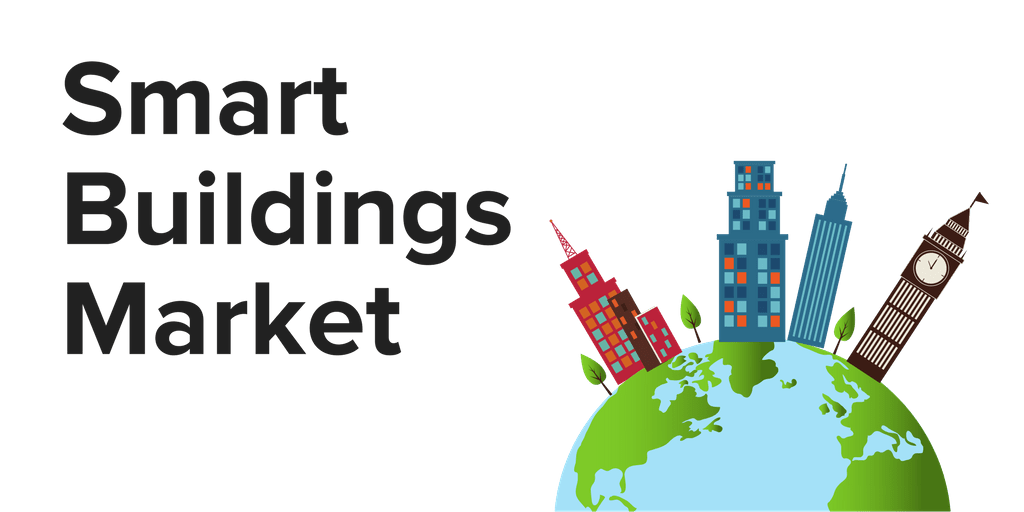The first steps in the implementation phase of any IoT project are in-depth study and understanding of the problem to be solved. Companies responsible for the operation of real estate objects believe that Internet of Things technologies will allow them to achieve a higher quality of building services. There are three main areas in which IoT can be used to solve existing root problems in smart building markets.

Problem 1: Buildings Are Inconvenient
During the summer, 61% of the residents experienced discomfort due to low temperatures inside buildings. This was evidenced by data from the GSA (General Services Administration) survey conducted in 2009. As a solution to the problem tenants used air conditioners, which led to an increase in the cost of rent. According to calculations, in buildings designed and built to meet modern requirements and technologies (according to the best scenarios), one out of five people experiences constant discomfort.
The standard for heating and air conditioning for the comfort of occupants (standard 55, formed by ASHRAE, the American Society of Heating, Refrigerating and Air-Conditioning Engineers) provides that, subject to all prescribed design requirements, at least 80% of people inside the premises will be satisfied with the thermal environment. More importantly, almost all buildings in the US do not meet the standard 55 and are much less convenient. The HVAC industry (heating, ventilation and air conditioning) should change.
The speed of the appearance of new IoT solutions for the complex elimination of this old problem remains low. In the market, there were solutions, representing a complex mix of hardware, software, and application that allows residents of the building to change the temperature of the thermostat from their smartphone. The advantage of this solution lies in the possibility of data processing (with the consent of the user) by various parties: service organizations, data providers, technology providers, etc. Possible “measurements” of the comfort of residents are available in real time.
Problem 2: Responsibility For Discomfort
Another reason why so many people are uncomfortable being in buildings is the inability to find the culprits and demand from them the elimination of any shortcomings. Mechanical systems in buildings eventually wear out and collapse. Most of them are designed for a service life of between 20 to 30 years. However, in reality, the replacement of such equipment occurs only after a complete failure. About half of all buildings in the US were built between 1970-2000. This means that the useful life of mechanical and electrical systems in buildings is coming to an end. The wave of breakdowns will grow rapidly. The goal of the object management industry will be to eliminate the shortcomings before they grow into larger problems.
One of the ways that will help to make advances in this direction is the collection and application of technology for the analysis of data coming from HVAC mechanical and electrical equipment in various buildings. IoT technologies in smart buildings will largely rely on the analyst for evaluation. Companies managing objects will be free to understand the ways to identify and solve problems in controlled buildings. Then there is no need to wait for people to call or send written claims for failures.
The use of algorithms for processing a large amount of data and determining models that will eliminate or prevent the appearance of a problem will come to the fore. The hardware and software that can solve the problems found from this data have yet to be developed.
Problem 3: Buildings Consume Too Much Energy
The impact of buildings on the environment is detrimental. For example, in the US, buildings make up 40% of the entire land use in the country. The reduction in energy consumption from buildings is complicated by the many variations of architectural designs. To reduce the consumption of resources, and building needs an individual approach and a custom skill set designed to complete this work and prevent energy wastage. Analytics will also play a big role in optimizing the use of energy in buildings. In addition, the components of mechanical systems are beginning to be developed with a greater degree of connectivity and better functionality.
Previously, the only data obtained from HVAC valves was the total percentage of open information about temperature or pressure. Operators collected such data at intervals. Now data from more than 50 points of the valve control system itself can be continuously monitored and sent to the cloud for analytics. IoT and data analytics technologies have created opportunities for more efficient workings of HVAC systems in buildings that were not previously possible.
Related article: When Will The House Become Really Smart?
Get Service, Support, and Professional Advice
For general and sales inquiries regarding JeraSoft billing solutions, please contact the Sales Team at [email protected] or use the form and a team member will get back to you as soon as possible.
Please contact JeraSoft Support for any product or support related questions at [email protected] or visit JeraSoft Documentation.